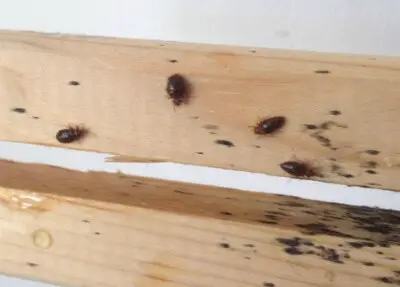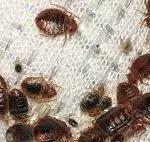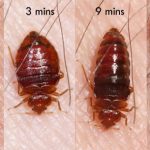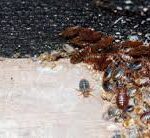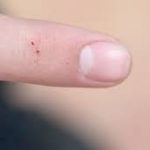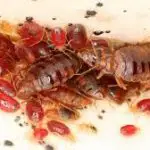How Do Bed Bugs Bite?
Bedbug bites are very itchy and uncomfortable. The bites are caused by a bug’s saliva. It contains a protein that is toxic to humans. The insect then injects the saliva into the human body. Bedbugs can cause a severe allergic reaction. You should be careful when handling bedbug bites.
The bites are red and itchy and resemble a blood blister. These welts may last for days or weeks, and they are accompanied by bruising or scarring. Luckily, bedbug bites are not life-threatening. They are not contagious, but can be painful and unpleasant.
The bites are made by multiple tiny insects called bedbugs. These bugs have multiple feeding sites. They may bite the same part of the body more than once. If the feeding is interrupted, bedbugs can easily move to another location near the previous bite. This is why they appear in clusters.
Bedbugs usually feed on human skin during the night. They bite in a line along the exposed part of the skin. In order to feed, they must find a blood vessel. If they cannot find one, they will try to bite another area or a different part of the body. Depending on their size, bedbug bites may be small or large, with red welts.
Although they bite humans, bedbugs do not spread disease. Their bites can aggravate a host’s immune system. Some people are allergic to bedbug bites, which cause hives or asthma. In rare cases, bedbug bites may result in respiratory problems or tightness in the throat. However, bedbugs do not transmit diseases and have not been known to transmit disease.
